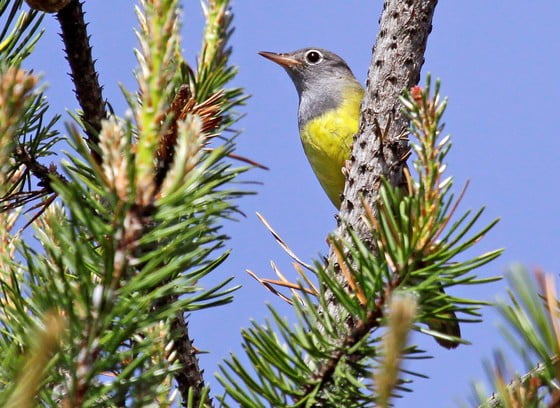
MADISON – New Zealand mud snails, an invasive snail, have recently been verified in two new streams in Dane  County. The Wisconsin Department of Natural Resources is asking anglers to help prevent the spread of this organism to other waterbodies.
County. The Wisconsin Department of Natural Resources is asking anglers to help prevent the spread of this organism to other waterbodies.
Brewery Creek is a tributary to Black Earth Creek and is located in Cross Plains. The furthest upstream verified sites were roughly 0.6 miles upstream from the confluence with Black Earth Creek. New Zealand muds nails were first confirmed in Black Earth Creek in the fall of 2013. Oregon Branch of Badfish Creek is located just East of Oregon. This site is the first confirmed infestation of the mud snail in the Rock River Watershed.
These findings now make six known inland streams with populations of these invasive snails. All six streams are in either Dane or Columbia counties. The New Zealand mud snail is an NR40 prohibited invasive species, meaning that this species has the potential to cause harm to the environment, human health, or the economy. The small snail can outcompete native stream insects that serve as food for fish, possibly depriving some fish of their preferred food. However, it is uncertain what impacts this invasive species will have on Wisconsin streams.
All water users play an important role in preventing the spread of the New Zealand mud snail. Anyone can help prevent the spread of invasive species by following the Stop Aquatic Hitchhikers guidance of:
- INSPECT your equipment, which includes boots, waders, nets, fishing gear, boat live wells, boat hulls, and trailers
- REMOVE any attached mud, aquatic plants or animals from equipment
- DRAIN all water from boats and equipment; and
- NEVER MOVE live fish away from a waterbody.
Due to the tiny size, “stickiness” to boots and other surfaces, and their ability to survive out of water for a long time, special precautions need to be taken to prevent transferring the mud snail to new waters. Therefore, people who wade streams for any reason are strongly encouraged to use a brush to scrub their boots and waders to prevent transporting New Zealand mud snails. Boot brushes are sometimes available for use at kiosks at popular trout fishing access points. Equipment can also be thoroughly rinsed with tap water after scrubbing but only away from any streams or waterbodies. Freezing gear for at least eight hours will also further reduce the risk of transporting New Zealand mud snails to other streams. By using these prevention strategies, water users can help protect our fisheries and stop the spread of invasive species.
Editor’s Note : Household vinegar is a safe and organic cleaner that may offer help to those looking for solutions to clean out live wells and boots. Vinegar dissolves calcium in snail shells handily. We all remember the smell of vinegar when one of our parents used it to clean calcium rich water scale from a coffee pot. The Ph of vinegar makes it an ideal organic sanitizer as well. The radically different Ph is usually sufficient to kill off algae and small aquatic life on it’s own. A sustained soaking MAY help break up large infestations. The danger is that while effective, vinegar does corrode metal. It’s a slow corrosion, but it’s a valid concern all the same. As with all cleaning methods new to you, test a small area to make sure your finishes can handle it’s use. Make sure you rinse VERY WELL with clean water. Vinegar is by no means a cure all. It is simply another possible tool readily available to help reduce the spread of aquatic invasive species.

